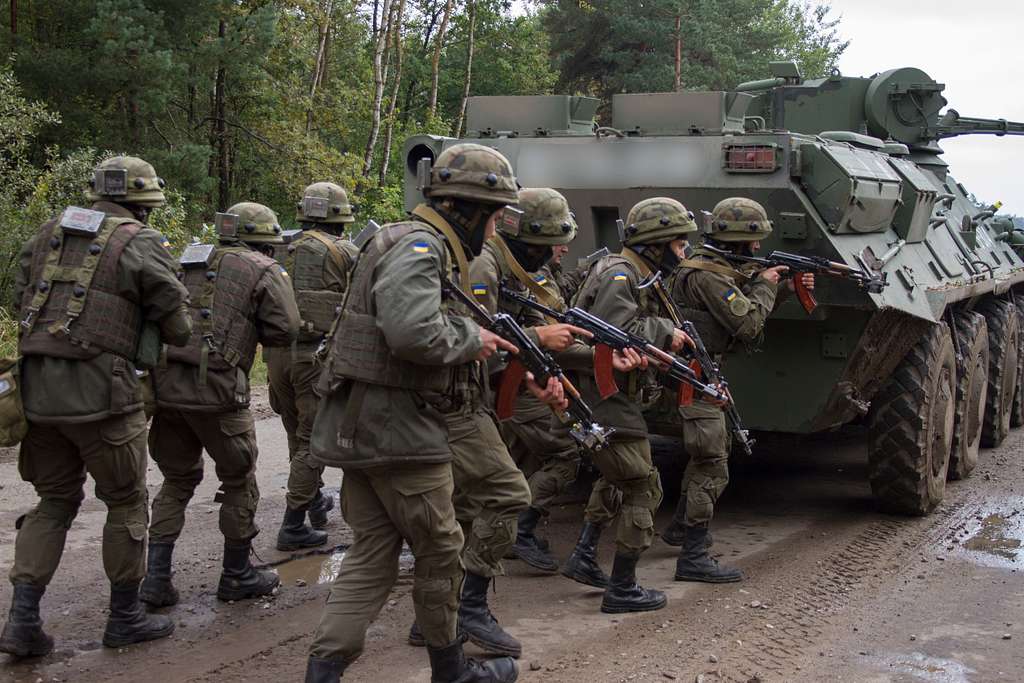 Dispatches
DispatchesLaw students in Ukraine are reporting on the latest developments in that country as it faces a series of internal and external challenges. Here Tanya Levchinskaya, a law student at V.N. Karazin Kharkiv National University, offers her perspective from the northeastern city of Kharkiv, Ukraine’s second-largest metropolitan area.
Today, the situation in Ukraine cannot be called stable. Ukrainian mass media constantly broadcast that Russian troops are concentrated near the border of the country, and more and more often we hear that the risk of Russia’s invasion of Ukraine remains quite high. We see that Great Britain, Canada, German, United States and other countries are actively providing military assistance to Ukraine. Also, the news reports that foreign ambassadors of the United States, Great Britain, Australia, Germany, Russia and Israel, along with their families, are being taken out of Ukraine due to the threat of Russian intervention. We have begun to hear often that the sky over Ukraine may be closed, that mass blackouts may begin in the country. Is this true or is it an attempt to draw attention with flashy headlines? The civilian population of Ukraine cannot know this for sure.
Many are interested in the question: what is the current situation in Ukraine? How do people react to all these events? Do they succumb to worldwide panic? Of course, the situation has become tense in light of recent events. I consider that every Ukrainian has already managed to think over the situation in his head and draw one or another conclusion. In this regard, now in the news, you can find many “options for further development of events” that our people broadcast and these options are as diverse as possible.
The first theory about what could happen in the country remains the theory that a Russian attack could begin in February 2022, perhaps even tomorrow, February 16. People are actively discussing that airstrikes, artillery and armored attacks followed by airborne attacks in the east, landing attacks in Odessa and Mariupol are quite possible. Military actions are also probable on the Ukraine-Belarus border, namely military invasion from the territory of Belarus. It cannot be ruled out the option that the Russian Federation is increasing the number of army and weapons systems in Crimea. These thoughts come to people because Russia is enlarging its military forces near our border and the situation is reminiscent of the events of early 2014, which ended with the invasion of Donbas and occupation with the further annexation of Crimea.
The second theory is the idea that Ukraine can be occupied and annexed by Russia quietly and without casualties, as was the case with Crimea in 2014. Supporters of this idea say that there will be no armored attacks and airstrikes from Russia, but they don’t rule out that the Ukrainian government could be overthrown. In defense of their thoughts, they say that if Ukraine has to defend itself against one of the most powerful armies in the world, then everyone will lose in such a war.
The third option for the development of events in the country remains the option that everything that is happening in Ukraine now is an escalation of panic and spreading fake information to undermine confidence in the ability of the state to protect the country. Adherents of this theory believe the words of the Security Service of Ukraine that the current events can be regarded as hybrid war. So they advise everyone to think critically, check any information on official sources and learn to distinguish fake news from the truth.
Returning to the question of how people react to what is happening in the country, we can say that the situation is heating up. Many residents of the eastern part of the country are leaving for the western part of Ukraine. Those who have the opportunity are leaving the country.

